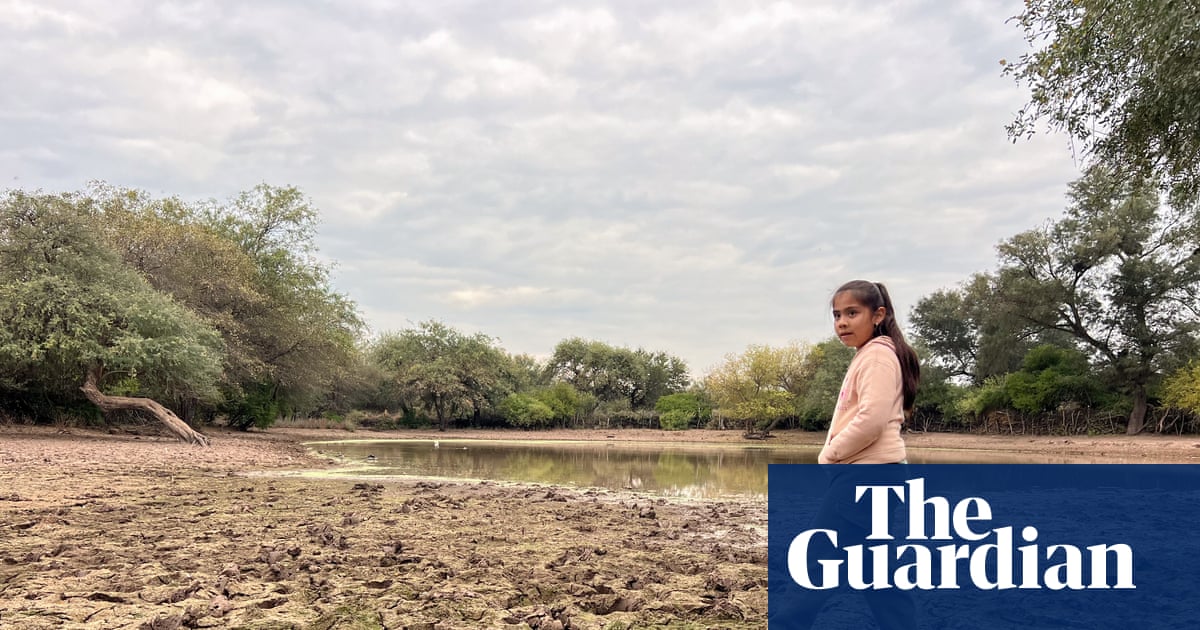
"In Argentina, the maximum permitted level of arsenic in drinking water is 0.01 milligrams per litre, as established by the Argentinian Food Code, in line with World Health Organization recommendations. Yet according to an official report, the levels in the departments of Copo, Alberdi and some areas of Banda and Robles range between 0.4mg/l and 0.6mg/l. The most recent tests on her hair Cuellar underwent indicated she had a concentration of 2.24 micrograms per gram or 224 times the legal level."
"You find a lot of that here, says Santiago Garcia Pintos, founder of Cynnal, a social development organisation working with rural communities. Some symptoms are quite identifiable, he says. You can see in children that they have hardened skin and develop freckle-like marks. In adults, it begins to crack and split, and that can lead to skin cancer. Teeth start to stain, and eventually, they fall out."
"As Batista Bustamante and Lidia Cuellar drink mate tea, their seven-year-old daughter, Marcela, climbs on to her purple bicycle and heads into the scrubland. She reaches a reservoir a puddle of greenish-brown water and pulls a pink pair of scissors from her pocket, which she drives into the earth to extract chunks of mud. She gathers them in her hands and shapes them into cakes, plates and cups, as if preparing for a tea party."
El Chanaral is an old Indigenous Wichi community now inhabited only by the Bustamante family in northern Copo department. Seven-year-old Marcela plays in nearby scrubland and collects mud from a greenish-brown reservoir. Many members of the Cuellar family show symptoms of endemic regional chronic hydroarsenicism (Hacre) from prolonged consumption of arsenic-contaminated water. Argentine and WHO standards set arsenic at 0.01 mg/l, but official reports record 0.4–0.6 mg/l in affected departments. Recent hair tests showed 2.24 micrograms per gram for a woman in the community, 224 times the legal level. Visible symptoms include hardened, freckled or cracked skin, stained or lost teeth, and increased skin cancer risk.
Read at www.theguardian.com
Unable to calculate read time
Collection
[
|
...
]